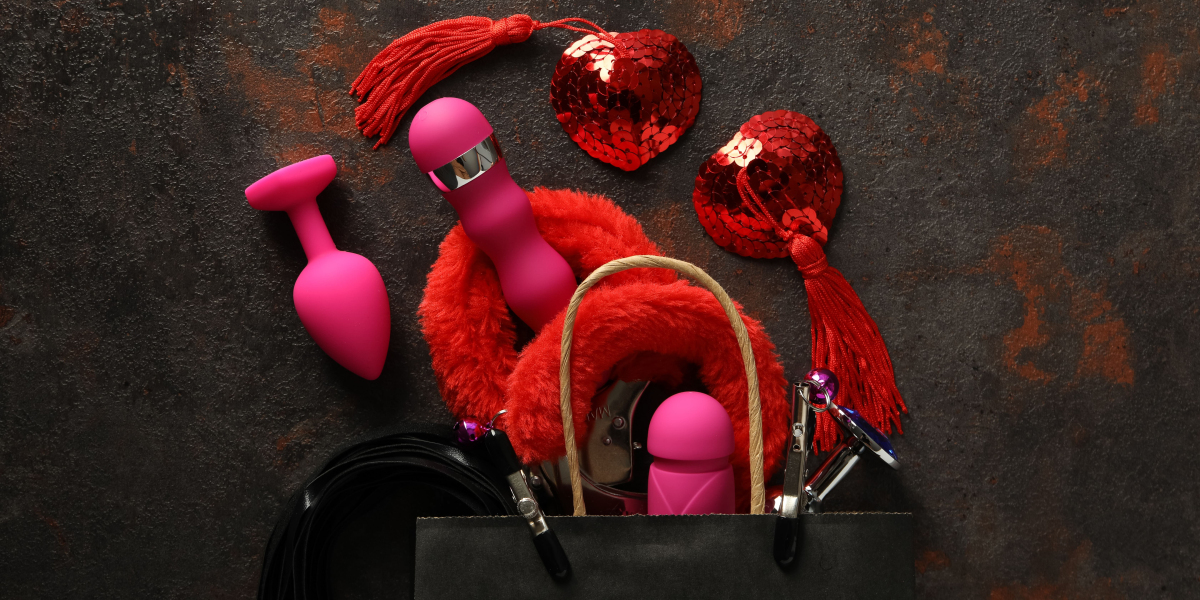Unlock the Secrets: How to Choose the Perfect Spinning Reel for Your Next Adventure!
Spinning reels are among the most versatile and user-friendly fishing tools available, making them a favorite choice for anglers of all skill levels. Whether you're a seasoned fisherman or just starting, understanding the intricacies of spinning reels can significantly enhance your fishing experience. This article aims to equip you with the knowledge necessary to select the best spinning reel tailored to your fishing adventures. From understanding the fundamental components to recognizing the specific features that cater to your style, we’ll unveil the secrets of choosing the perfect spinning reel for your needs.

Understanding Spinning Reels
Spinning reels are designed to hold fishing line in a fixed position while allowing the angler to cast and retrieve with ease. The basic components of a spinning reel include the spool, bail, drag system, handle, and gear mechanism. The spool is where the line is stored, while the bail, when open, allows the line to be cast freely. When reeling in, the bail closes to guide the line back onto the spool. The mechanics of a spinning reel are relatively straightforward: as you turn the handle, the gear system rotates the spool, retrieving the line and any fish attached. One of the key advantages of spinning reels over baitcasting reels is their ease of use, especially for beginners, as they virtually eliminate the risk of backlash.
Factors to Consider When Choosing a Spinning Reel
Choosing the right spinning reel involves considering several critical features. Size is one of the most important factors; it affects not only the reel's performance but also your comfort during long fishing trips. A larger reel may hold more line and have a stronger drag system, making it suitable for bigger fish, while a smaller reel is often lighter and easier to handle for panfish. The gear ratio is another essential aspect to evaluate; it dictates how quickly you can retrieve your line, with higher ratios offering faster retrieval. Additionally, the drag system plays a pivotal role in controlling fish during a catch. A smooth, reliable drag helps prevent line breakage and ensures a successful landing. Lastly, the materials used in the construction of the reel, such as aluminum or graphite, can impact the reel's durability and overall performance.
Size and Weight
The size and weight of a spinning reel significantly impact your fishing performance and comfort. A lightweight reel allows for more extended use without fatigue, especially during long days on the water. Conversely, a heavier reel may provide more stability when fighting larger fish. It's essential to strike a balance that fits your fishing style and physical capability.
Gear Ratio
Gear ratios indicate how many times the spool turns for each turn of the handle. A ratio of 5:1 means the spool rotates five times for every full turn of the handle. Higher gear ratios are ideal for quickly retrieving lures, while lower ratios provide more torque for fighting larger species.
Drag System
The drag system is critical for controlling the tension on the line when a fish pulls. There are two main types: front drag and rear drag. Front drag systems typically offer better performance and are preferred for larger species, while rear drag systems are easier to adjust on the fly. Understanding how to set the drag properly will enhance your catch rate.
Material and Durability
The construction material of a spinning reel affects its weight, durability, and resistance to corrosion, especially in saltwater environments. Graphite reels are lightweight but may not be as durable as aluminum reels, which are often utilized for their strength and longevity. Consider the fishing conditions you will encounter when selecting the appropriate materials.
Choosing the Right Spinning Reel for Your Fishing Style
Your specific fishing style determines the type of spinning reel that will best suit your needs. For freshwater fishing, a lightweight reel with a smooth drag system is often sufficient for smaller species like trout or bass. On the other hand, saltwater fishing requires a more robust reel that can withstand harsh conditions and larger fish. For instance, when targeting inshore species, a medium-sized reel with a corrosion-resistant finish may be ideal, while offshore fishing may necessitate a larger, more durable reel to tackle bigger game fish. Remember, the key is to match the reel with the type of fishing you plan to do, ensuring you have the right tools for the job.
Maintenance Tips for Spinning Reels
Additionally, after each use, apply a little lubrication to the moving components. It is essential to ensure that the reel lasts for years, especially for extreme fishing conditions. Remove any salt residue that could damage the reel, and rinse after use, especially in saltwater. Store your spinning reel in a cool, dry place, avoiding extreme temperatures, that could affect the performance of the reel.
Selecting the Ideal Spinning Reel
Choosing the best spinning reel for your fishing adventures requires thoughtful consideration of various features, including size, gear ratio, drag system, and materials. By understanding your specific fishing needs and styles, you can make an informed decision that enhances your fishing experience. Take your time during the selection process, and remember that the right spinning reel can transform your time on the water, making it more enjoyable and successful. Happy fishing!








